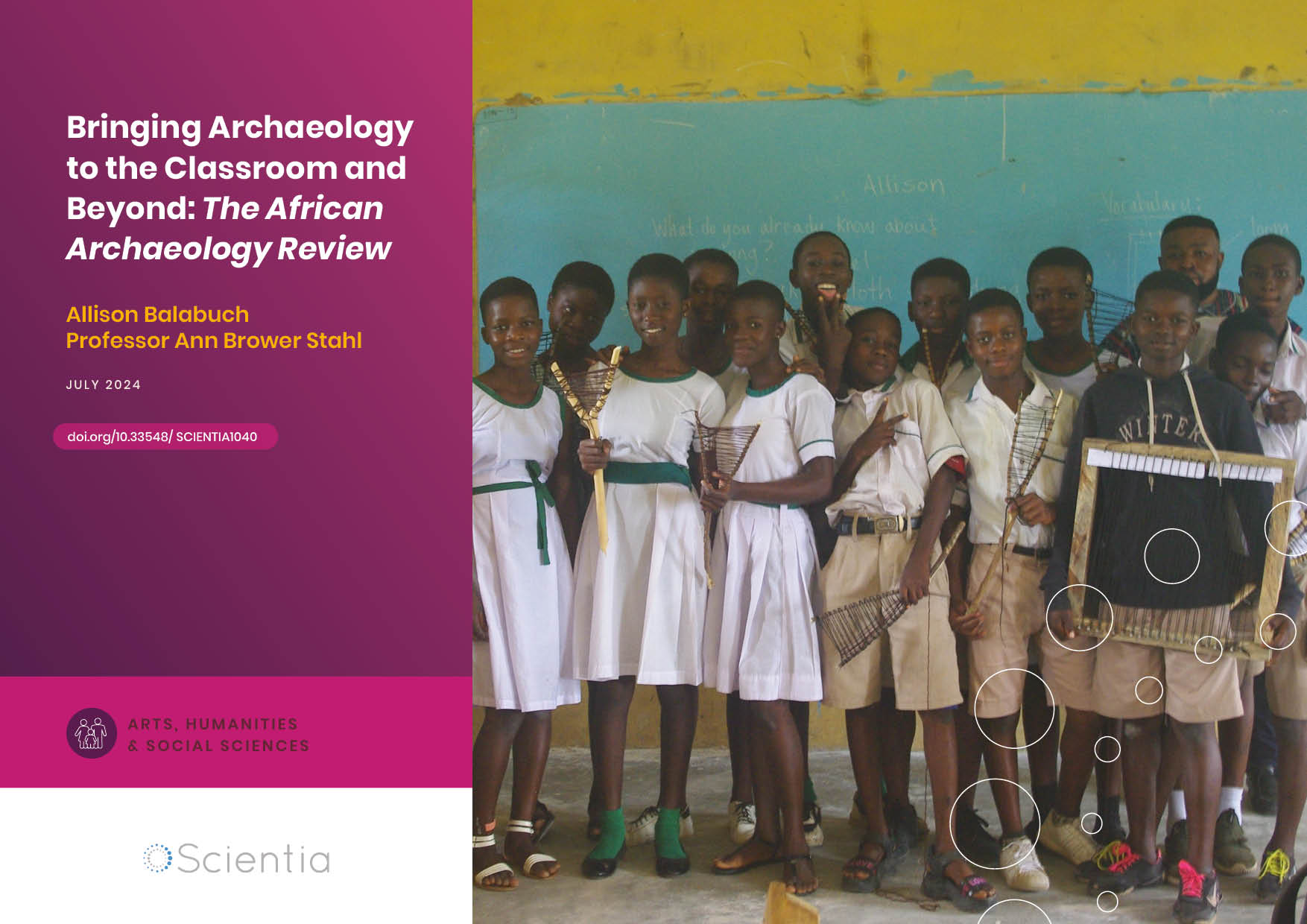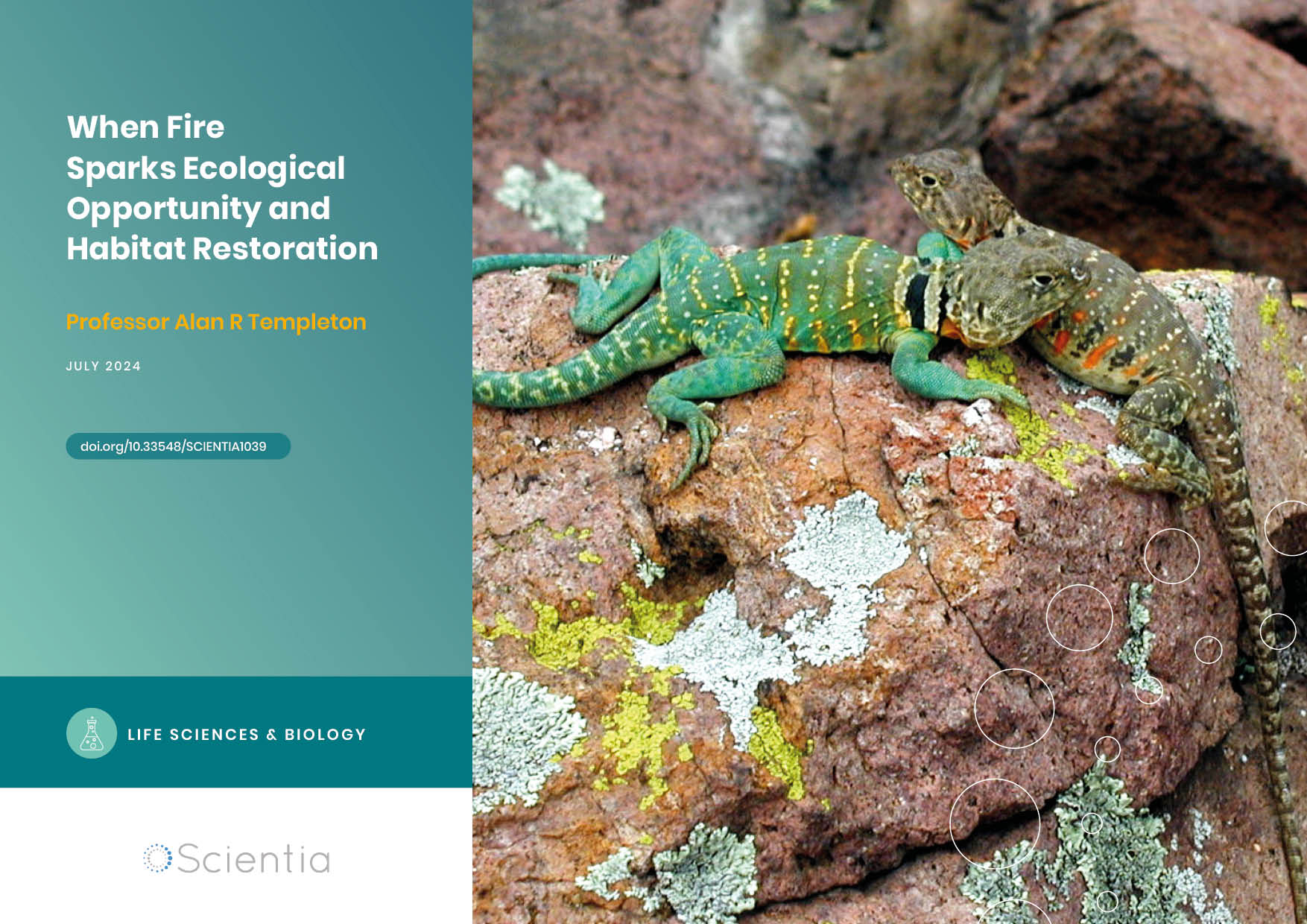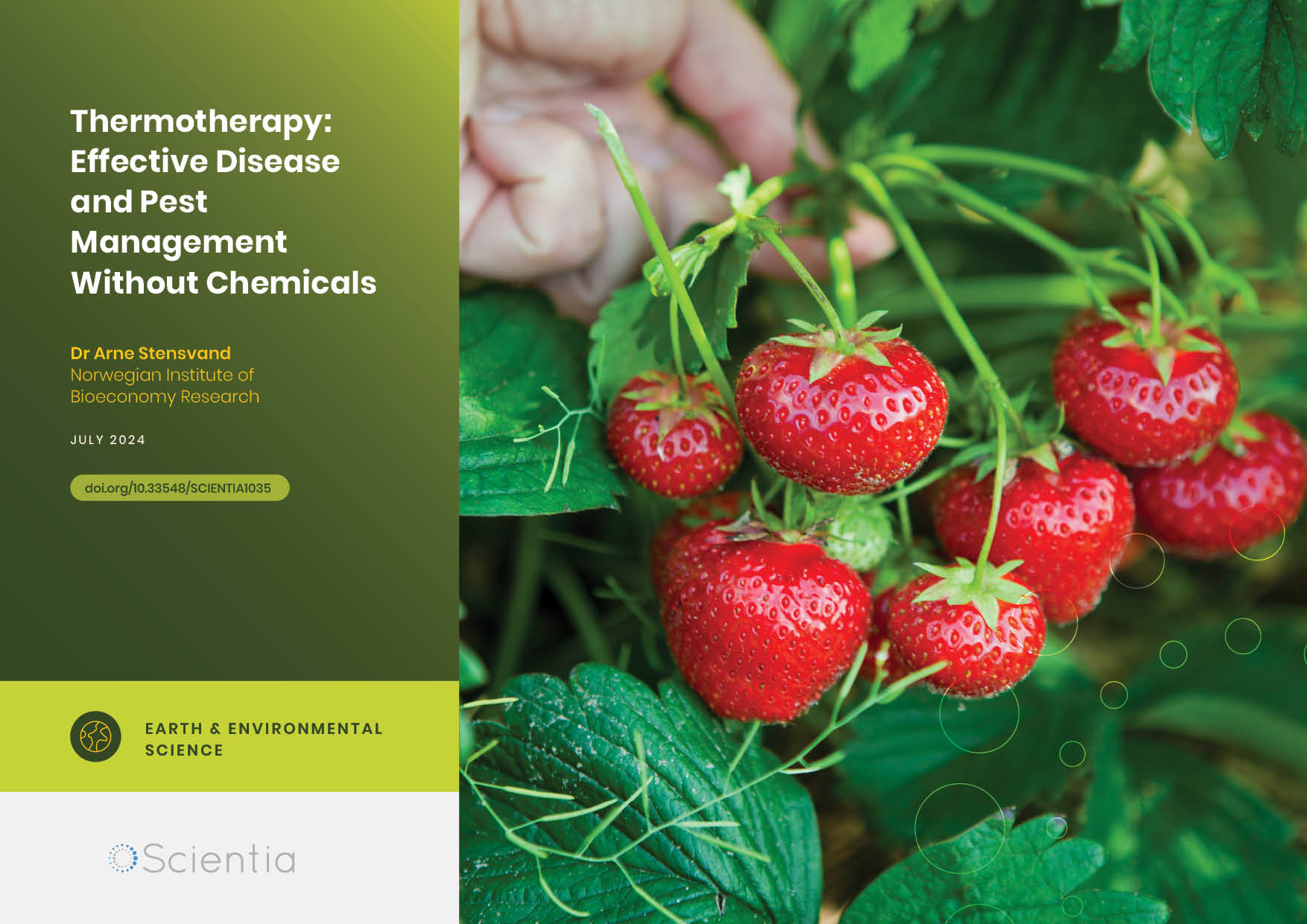The American Association of Chemistry Teachers
 Under the auspices of the American Chemical Society, the American Association of Chemistry Teachers (AACT) was established in 2014 as a professional community for chemistry teachers in schools across the US. AACT supports educators by providing quality resources, professional development, and valuable networking opportunities. In this exclusive interview, we speak with Greta Glugoski-Sharp, AACT’s Governing Board President, who speaks about her experiences as a chemistry teacher, and discusses the ways in which the Association empowers teachers to provide their students with the best possible chemistry education.
Under the auspices of the American Chemical Society, the American Association of Chemistry Teachers (AACT) was established in 2014 as a professional community for chemistry teachers in schools across the US. AACT supports educators by providing quality resources, professional development, and valuable networking opportunities. In this exclusive interview, we speak with Greta Glugoski-Sharp, AACT’s Governing Board President, who speaks about her experiences as a chemistry teacher, and discusses the ways in which the Association empowers teachers to provide their students with the best possible chemistry education.
What inspired you to become a chemistry teacher?
I was born and raised in San Francisco, California. I graduated from the University of California at San Cruz and majored in chemistry, and after I graduated, I had the opportunity to work as a staff research associate in an HIV research lab at the University of California at San Francisco, School of Medicine.
Even though the research I was a part of was exciting, I decided to become a volunteer with the University’s Science Health and Education Partnership program. In this program, volunteers were partnered with high-school science teachers to create science curriculum and to bring their students into the lab so that they can see science being done first hand. The visits were designed with the goal of providing students with exposure to scientist role models and connections to science.
My interactions with the high-school students involved developing demos and experiments and teaching them how to do inquiry-based labs. As I watched the students expand their curiosity and thinking, I realised that teaching was something I was good at, and I really enjoyed doing. I really wanted to bring that love for learning science to young people.
How does AACT inspire and empower chemistry educators in schools across the USA?
Chemistry teachers often feel isolated in their classrooms for various reasons. It could be that they are teaching in a school where they are the only chemistry teacher, or they could be a teacher who is interested in incorporating new ideas and wants to share their ideas with others but doesn’t have anyone in the school to connect with.
AACT is there for those chemistry teachers. It not only provides resources to help its teachers with their curriculum, but also fosters a strong sense of community, so that teachers can connect and share their successes and failures and learn from each other. Sometimes these connections have led to friendships.
AACT strives to provide teachers of chemistry with the best teaching resources. Most of our Classroom Resource Library is made up of content from great teachers who create and share their own work. Currently, there are over 900 classroom resources available in the library for K-12 teachers of chemistry to use in their classrooms. The library is organised into three grade bands (elementary, middle and high).
A large collection of multimedia resources, including animations, simulations and videos, is also available for teachers to use. Additionally, select resources are highlighted as part of themed resource collections. All of the available teaching resources are classified in the library by topic, subtopic, and resource type. We also have External Teaching Resources from the chemistry community to connect our teachers with additional outside teaching resources.
“As a Latina Chemistry Educator, I understand the importance of diversity, equity, and inclusion in STEM fields, and the need to increase the number of underrepresented students’ interest in STEM.”

Explain why it is so important to teach chemistry in a culturally responsive way. What’s involved in this approach, and how does AACT encourage its members to be culturally responsive in their classrooms?
As a Latina Chemistry Educator, I understand the importance of diversity, equity and inclusion in STEM fields, and the need to increase the number of underrepresented students’ interest in STEM. I believe that experiences which can spark an interest in STEM are extremely important and that mindful lesson planning is needed to promote greater cultural responsiveness and improved STEM career expectations.
Cultural responsiveness in the chemistry classroom is a powerful approach that would allow teachers to improve engagement and equity in their classrooms – a way for teachers to bridge the cultural divide that can sometimes occur. Culturally responsive teaching recognises students’ cultural background and uses those cultural resources to empower all students to excel in the sciences and to increase interest in pursuing a career in a STEM field.
Chemistry educators have a responsibility to create a classroom culture of inclusion, collaboration, and cultural sensitivity. To accomplish this, we need to develop classroom level curricula that lessens the cultural disparities between educators and their students. The ultimate goal would be a chemistry curriculum that is totally inclusive and celebrates the achievements of ALL.
How has AACT supported its members throughout the COVID-19 pandemic, which has been a very challenging time for educators and students alike?
From the start of the COVID-19 pandemic, chemistry teachers all over the world took their new situation seriously and pretty much thought of their students before anything else. They figured out the best practices for distance learning and continued on with teaching the best they could under the strenuous and unpredictable situation.
From the beginning of the pandemic, AACT was there for its teachers. We immediately opened up our site and gave teachers free access to the AACT teaching resource library. This included lesson plans, labs, demos, simulations, animations, student passes, videos and even webinars. Because many face-to-face science conferences were cancelled during this time, AACT hosted a Virtual Summer Symposium in which many top chemistry educators were featured. They presented and shared their successes and resources.
As we emerge from the pandemic, what are you the most excited about for the future of AACT and chemistry education in general?
The COVID-19 pandemic has clearly changed the way we teach chemistry. The immediate switch to distance learning forced teachers to adapt and reshape the way they taught without a chance to even think about it. Many of AACT’s experienced chemistry teachers immediately contributed valuable resources to our AACT resource library.
The support system that AACT provided during this time was invaluable, thanks to our members. During this time our membership grew, mostly due to the fact that teachers realised the need to be able to connect with other teachers and share their success and failures as well as their resources.
As we emerge from the pandemic, we are now being given a new opportunity to reflect on what we teach our students and why we do so. Our students are not the same people they were before the pandemic. Even though we may have advanced in some areas of virtual learning, we have regressed back on others. We must now take the time to reflect upon what concepts and lab activities are the most beneficial and relevant for our students, so that they will be better prepared as citizens who can understand and deal with uncertainty and change if another pandemic were to occur.

Reference
https://doi.org/10.33548/SCIENTIA715
Want to republish our articles?
We encourage all formats of sharing and republishing of our articles. Whether you want to host on your website, publication or blog, we welcome this. Find out more
Creative Commons Licence
(CC BY 4.0)
This work is licensed under a Creative Commons Attribution 4.0 International License. 
What does this mean?
Share: You can copy and redistribute the material in any medium or format
Adapt: You can change, and build upon the material for any purpose, even commercially.
Credit: You must give appropriate credit, provide a link to the license, and indicate if changes were made.
More articles you may like
Dr Olalla Castro-Alvaredo | Measuring Entanglement: Symmetry-Resolved Entropy
Dr Olalla Castro-Alvaredo of the City University of London (UK) and her collaborators are advancing our understanding of an important phenomenon of quantum mechanical systems known as entanglement and, especially, its mathematical measures. Symmetry-resolved entanglement entropy is one such measure. Their study focuses on special quantum states which are excited with respect to a ground state. The research shows how the entanglement amongst quantum particles can be measured and assesses the contribution to the entanglement of quasiparticle excitations, particularly in the presence of additional symmetries.
Allison Balabuch – Professor Ann Brower Stahl | Bringing Archaeology to the Classroom and Beyond: The African Archaeology Review
The African Archaeology Review (AAR) journal recently celebrated its 40th anniversary. To mark this occasion, a special issue was compiled with an innovative theme: Archaeology for Education. To achieve this, the AAR editorial team assembled a group of academic researchers in archaeology with the proposition of writing articles collaboratively with educators that would make their research centred on Africa’s rich pasts accessible for use in school learning. The goal is to change the stories we tell about Africa both within and outside the continent.
Professor Alan Templeton | When Fire Sparks Ecological Opportunity and Habitat Restoration
How far would you be willing to go to save an endangered species? Would you consider burning part of a forest as a solution? As unconventional as it may sound, conservationists sometimes resort to such measures to restore lost habitats. One remarkable example is the efforts to save eastern collared lizards – and indeed the entire biological community in which they live – in the Ozarks, spearheaded by American geneticist and statistician Professor Alan Templeton of Washington University in St Louis, USA.
Dr Arne Stensvand | Thermotherapy: Effective Disease and Pest Management Without Chemicals
Dr Arne Stensvand and his team at the Norwegian Institute of Bioeconomy Research are developing physical methods of pest reduction in plants. The team is specifically interested in strawberry plants, for which pest management is vital for crop success. They are pioneering thermotherapy as a heat treatment method to provide an environmentally effective and economically sound non-chemical approach to pest management.




